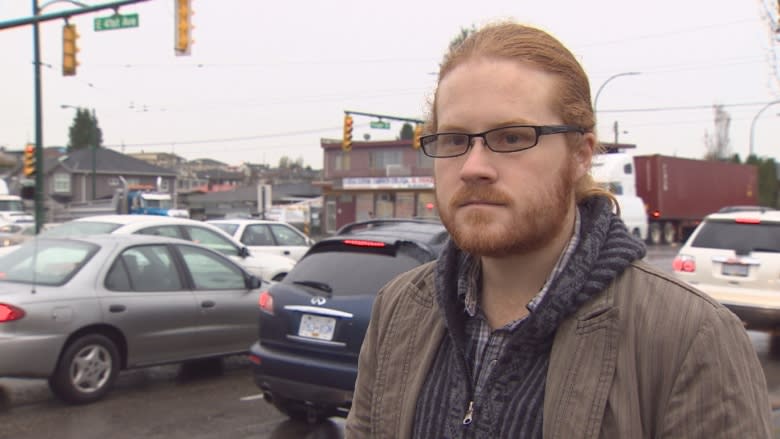Police shootings often involve mental illness and ill-prepared officers
For an officer in a tough situation, deciding to shoot someone might only take a fraction of a second, but it's a decision that's sure to be dissected long afterward.
On Saturday, a Vancouver cop pulled the trigger with a fatal outcome, and while many of the facts around the case are still being investigated, the case appears to be similar to other cases where police used lethal force on someone with mental health issues.
In this latest case, the Vancouver Police Department says 51-year-old Phuong Na Du, or Tony Du, was distraught and waving a two-by-four at a busy intersection before officers arrived, shortly before 5 p.m. PT.
Witness Kieran Fogarty told CBC News that Du hadn't hurt anyone but things quickly escalated after police got to the scene.
Fogarty said Du was shot within about a minute of the police arriving.
Police say Du had refused to comply with officers' directions and that bean-bag rounds, which are meant to disable rather than kill, were first used before the fatal shots were fired.
Confrontations with the mentally ill
Coroners inquests and commissions of inquiry have suggested many ways to prevent injury and death when a mentally ill person becomes involved with police, but still the deaths continue.
"Being mentally ill shouldn't result in death, especially by law enforcement officers," said Steve Lurie, executive director of the Canadian Mental Health Association's Toronto branch. "Were there ways of intervening rather than shooting to kill?"
Lurie said this latest case brings up many of the same issues raised all too often in the past. Toronto had three inquests last year and a commission of inquiry on police related shootings, with all of them released recommendations on how to reduce the use of deadly force by police officers.
The highest profile case involved Sammy Yatim, who was threatening people with a small knife on a Toronto street car. He was shot eight times.
His killing provoked a large public outcry and the officer who shot him, Const. James Forcillo, faces charges of murder and attempted murder.
Vancouver and B.C. in general have also seen several controversial cases where police have killed people showing signs of mental illness.
Paul Boyd, a 39-year-old animator was fatally shot in 2007, as he crawled on his hands and knees on Granville Street. He had struck two officers with a bicycle chain and fended off attempts to subdue him.
In another B.C. case, Greg Matters, a former soldier suffering from post-traumatic stress disorder was killed during a standoff outside Prince George in 2012.
Work to be done
Terry Coleman is a retired police chief who has co-authored a report on policing and mental illness for the Mental Health Commission of Canada. He says it's too early to judge what happened in the case of Tony Du, but the incident is nevertheless a reminder that there's work to be done.
"Screaming and pointing the gun at the person and saying 'drop that' doesn't start to build any relationship," Coleman said.
The key is teaching police officers to diffuse volatile encounters rather than allow the situation to spiral out of control into a live-or-die confrontation, he said.
Coleman said recently mandated training for all B.C. officers and refresher courses every three years should help.
He also said there's plenty of anecdotal evidence showing even untrained bystanders can calm down dangerous people without employing force, but he adds there's a shortage of research on policing and mental health work in Canada.
Coleman said he is disappointed that despite the billions spent on policing in Canada, no one is currently researching whether or not the people being shot by police were showing signs of mental illness before the lethal confrontations.
Lurie said that for these types of police shooting incidents, the victim usually has a pattern of past contact with the mental health system. Lurie said that shows this isn't just a policing problem, but something that Canada's health care systems should address—and this country spends much less on treating mental illness than many other nations.




